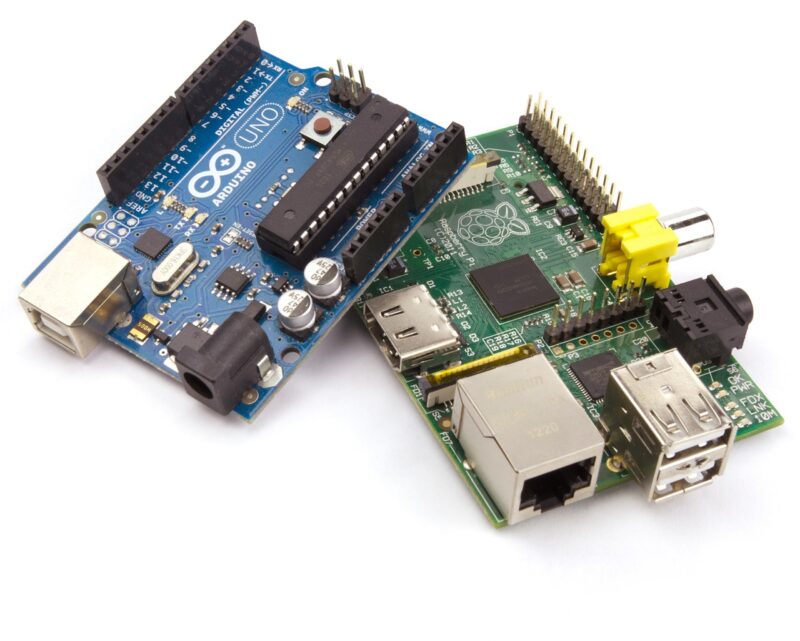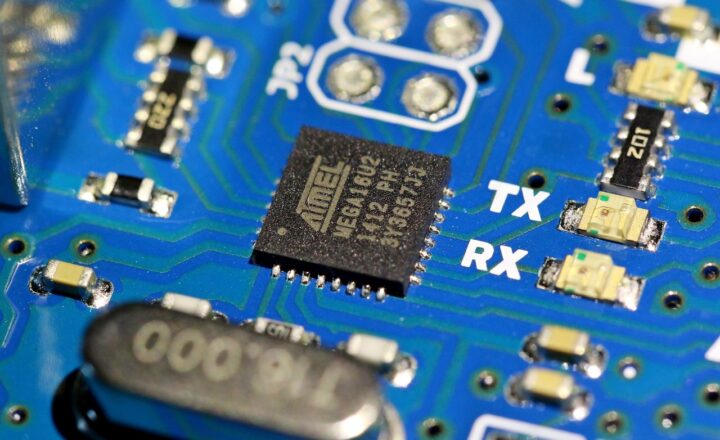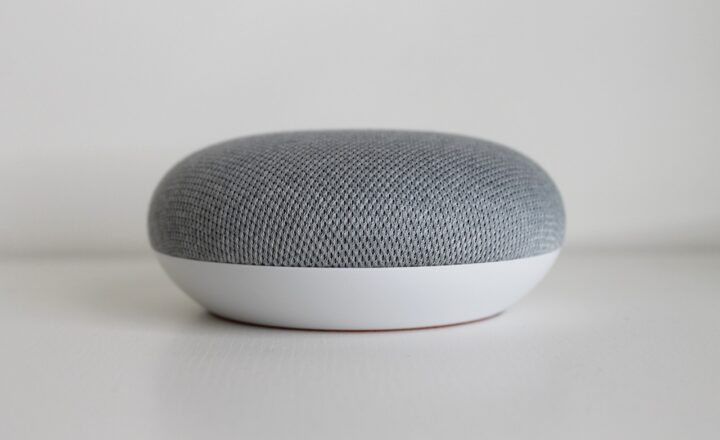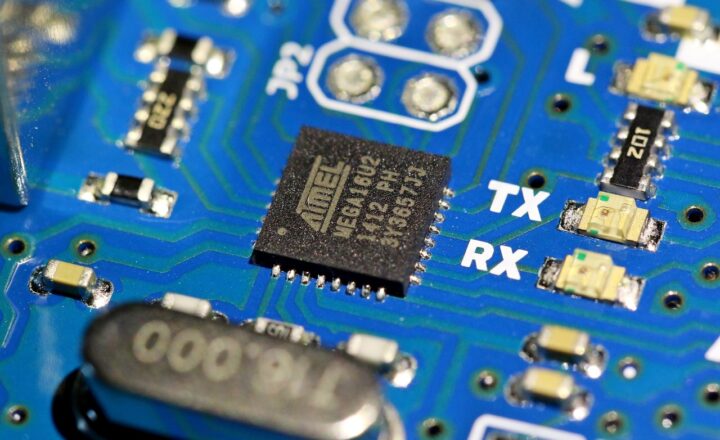How to Choose the Right Components for Your Arduino Projects Without Breaking the Bank
November 13, 2024

Arduino projects offer endless possibilities for creativity and innovation, but choosing the right components can often be overwhelming, especially when trying to stick to a budget. Fortunately, with the right strategies and knowledge, you can select cost-effective components that ensure your project is both functional and affordable. In this article, we will walk you through the essential steps needed to gather the right components for your Arduino projects without breaking the bank.
1. Understanding Your Project Requirements
Before diving into selection, clearly define your project goals. Knowing what you want your project to accomplish will help you identify the necessary components. Here are some questions to consider:
- What is the purpose of your project?
- What inputs and outputs does your project require?
- Do you need sensors, motors, display units, or connectivity options?
Having a well-defined outline of your project will prevent impulse purchases and keep your budget intact.
2. Research and Compare Component Options
Once you know what components you need, it’s time to do some research. Numerous online platforms and resources can help you find the best deals on electronic components. Here’s how to do it effectively:
- Explore Different Online Retailers: Websites such as Amazon, eBay, Adafruit, SparkFun, and AliExpress offer a wide variety of components. Additionally, check for local electronic shops that may have competitive prices.
- Compare Prices: Use comparison tools or spreadsheets to match prices across different retailers. Keep in mind the shipping costs to get an accurate total expense for each option.
- Read Reviews: Always look for reviews on components and suppliers. Forums like Reddit and electronics communities can provide insight on performance and reliability.
Taking the time to research will enable you to find the best quality at the lowest price.
3. Consider Buying in Bulk
For frequently used components like resistors, capacitors, and basic sensors, consider purchasing them in bulk. Bulk buying typically results in significant savings, especially for components that you might use in multiple projects. This approach also reduces the time spent ordering parts for each new project.
If you are working on collaborative projects with friends or makerspace groups, consider pooling together for group purchases. This way, you can split the cost and access a wider range of components.
4. Use Alternative Components
While popular components are often reliable, they can lead to higher costs. Look for alternative or generic components that serve the same purpose. For example, various sensor models may offer similar specifications at a lower price point. Check compatibility with your Arduino board to ensure they will work, but do not shy away from exploring less-known brands.
Additionally, you might find suitable components from older or discontinued models. These could be a perfect fit for your project at a fraction of the cost. Always cross-check specifications to avoid performance issues.
5. Take Advantage of Open Source & Community Resources
The Arduino community is vast and filled with enthusiastic hobbyists and developers. Leverage this by:
- Searching for existing projects: Many projects are shared openly and provide detailed lists of components used, often with alternatives listed. Use platforms like GitHub or Instructables to find ideas and related resources.
- Joining Community Forums: Platforms such as Arduino forums or Reddit can connect you with experienced makers who can provide advice, recommendations, or even spare parts.
- Exploring DIY Solutions: Many issues can be solved with clever DIY alternatives. For example, instead of buying an expensive motor driver, you might find a circuit diagram to build your own that meets your project’s needs.
Engaging in the community not only helps find affordable components but also enhances your learning experience.
6. Plan Your Projects Wisely
Sometimes, impulsive decisions lead to increased costs. A clear plan for the components required for each project can minimize waste. Block out time to plan your components around a project schedule, allowing you to bulk buy parts needed for multiple projects effectively.
Additionally, prioritize projects based on feasibility and budget. Start with low-cost, simple projects that build up your knowledge and skills without demanding expensive components early on.
7. Be Aware of Compatibility and Specifications
To avoid overspending on mismatched components, ensure all parts are compatible with your Arduino board. Before purchasing:
- Check voltage ratings to ensure that your components are appropriate for your supply voltage.
- Verify pin compatibility. Some sensors may come with different pin arrangements or communication protocols (I2C, SPI, etc.). Ensure you are purchasing components that can connect easily to your setup.
- Look into the specifications of each component to maintain functional integrity in your project.
Being sure about component specifications can save money spent on extra parts due to compatibility issues.
Conclusion
Navigating the world of Arduino components while maintaining a budget can be challenging but rewarding. By being methodical in your approach, researching, and taking advantage of community resources, you can build impressive projects without overspending. Remember that with creativity and planning, you can find great components that respect your budget and allow you to make your Arduino ideas a reality. Happy tinkering!





